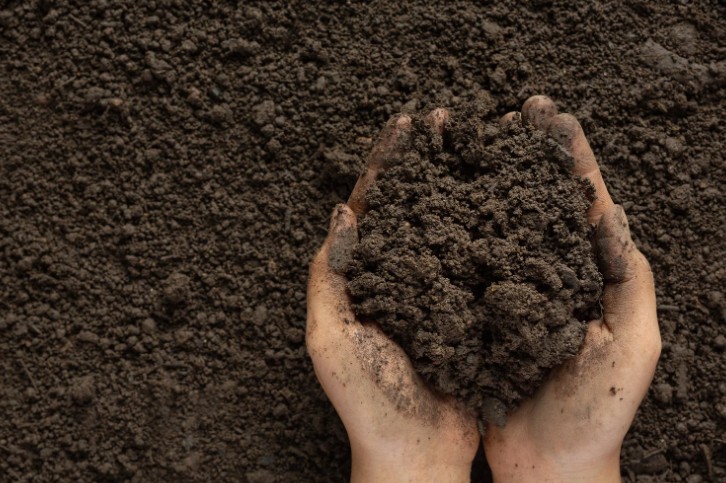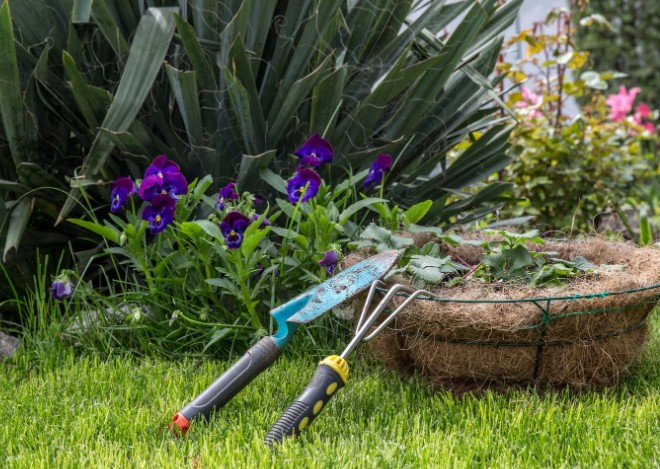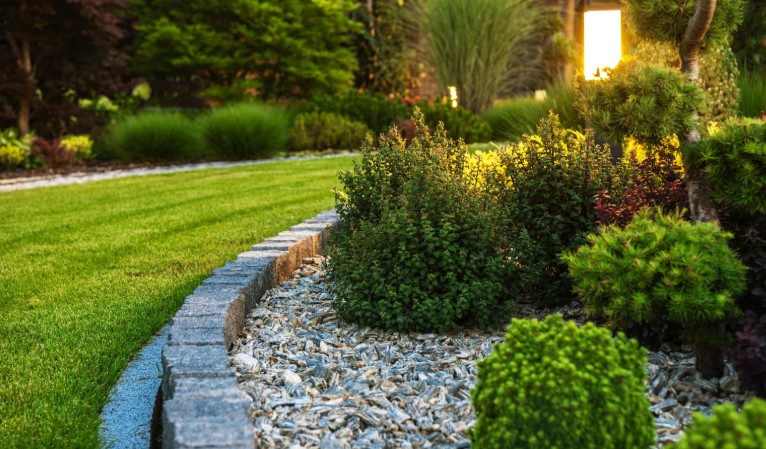- How Do I Know If My Lawn Is Waterlogged?
- What Tools and Materials Do I Need to Fix Lawn Drainage?
- How to Drain a Waterlogged Lawn? – Step-by-Step Guide
- Should I Consider a Garden Drainage System?
- Can I Prevent Future Waterlogging?
- Conclusion
- Frequently Asked Questions On How to Drain a Waterlogged Lawn
Nothing’s more frustrating than watching your lush green lawn turn into a soggy, unusable swamp after a heavy rainfall.
I’ve dealt with it myself, and I know the damage it can do—not just to your lawn, but to your plants, pathways, and even your home’s foundation.
That’s why I’ve put together this complete guide on how to drain a waterlogged lawn, specifically tailored for UK homeowners.
Whether you’re dealing with clay soil or compacted turf, I’ll walk you through the best methods to fix and prevent lawn drainage problems.
How Do I Know If My Lawn Is Waterlogged?
Common signs of a soggy lawn
- Pools of standing water
- Mud squelching underfoot
- Yellowing or dying grass
- Moss buildup
How to test for compacted or clay soil?
Grab a garden fork and attempt to penetrate the soil. If it feels tough, sticky, or dense, you’re probably dealing with compacted clay soil that doesn’t drain well.
What damage can excess water do to your lawn?
Excess moisture can suffocate roots, invite disease, and ruin grass. It also encourages weeds and moss to take over.
What Tools and Materials Do I Need to Fix Lawn Drainage?
Here’s a quick checklist of what I used to improve my waterlogged lawn:
- Garden fork or aerator
- Topdressing mix (sand + compost or loam)
- Gravel and perforated drainage pipe
- Rake and shovel
- Grass seed for reseeding patches
🛠 Pro Tip: Invest in garden spiking shoes or a hollow tine aerator for regular maintenance.

How to Drain a Waterlogged Lawn? – Step-by-Step Guide
After struggling with a soaked, muddy lawn for weeks, I realised that proper drainage isn’t just a quick fix—it’s a multi-step process.
If your lawn looks like a swamp after every rainfall, here’s exactly what I did to restore proper drainage and bring it back to life.
Step 1: Evaluate How Serious the Water Issue Is and Where It’s Coming From
I started by walking across the lawn after rain to see where water was pooling. Most of it gathered in low-lying spots, especially near compacted areas.
I also paid close attention to how long the water lingered—more than 24 hours was my red flag.
If you have clay soil in lawn, water tends to sit longer because it doesn’t drain well. To understand the behaviour of clay soil and how it impacts drainage, I found this guide very helpful:
Step 2: Aerate the Soil to Break Up Compaction
After spotting the waterlogged spots, I pierced the lawn with a garden fork, creating holes roughly 10–15 cm deep and spaced about 10 cm apart. This opened up the soil and helped water soak through instead of sitting on the surface.
In larger areas, a hollow-tine aerator is even more effective. If you’re working with clay soil like I was, regular aeration is essential. Here’s a great article that helped me understand how to manage and improve drainage in clay soil.

Step 3: Apply a Topdressing Mix
After aerating, I spread a mix of sharp sand, compost, and topsoil over the lawn. This is known as topdressing, and it helped loosen up the clay and improve drainage.
- Sharp sand improved the soil structure and let water pass through
- Compost added nutrients to help the grass recover
I used a stiff broom and rake to work the mix into the holes I’d made during aeration.
Step 4: Install a Drainage Solution (If Needed)
In one section of my garden, aeration and topdressing alone weren’t enough. I had to install a French drain. It’s a gravel-lined trench with a perforated pipe that helps divert surplus water away from the lawn.
If your lawn holds water regularly despite aeration, a soakaway system may also be needed. This involves digging a pit filled with rubble or a drainage crate that slowly disperses water underground.
Here’s a simple breakdown:
| Drainage Type | Best Use | DIY Friendly? |
| French Drain | Redirecting water from low spots | Yes |
| Soakaway System | Deep drainage in heavy clay soil | With planning |
| Simple Trench | Channeling surface runoff | Yes |
Step 5: Level and Reseed the Lawn
After fixing the drainage, I noticed some areas were sunken or bare. I added topsoil to level out the uneven parts, then reseeded those areas with grass seed.
I watered lightly each day and within a few weeks, the lawn had filled in nicely.
Quick Recap – Drainage Fix Toolkit
Here’s a quick bullet list of essential tools:
- Garden fork or aerator
- Sand and compost mix
- Perforated drainage pipe
- Gravel and trenching tools
- Lawn seed and rake
Should I Consider a Garden Drainage System?
If simple aeration doesn’t help, it may be time for a more permanent solution.
| Drainage Option | Best For | Difficulty | DIY Friendly |
| French Drain | Redirecting water from large areas | Moderate | Yes |
| Soakaway System | Absorbing excess water in one location | High | With some expertise |
| Trench Drain | Surface water near driveways or patios | Low | Yes |
When is a French drain the best option?
Use it if your lawn floods after heavy rain and water collects in a specific direction or slope.
What is a soakaway and how does it work?
A soakaway is a pit filled with gravel that gathers excess water and allows it to gradually drain into the surrounding soil.
DIY vs professional installation
You can DIY a French drain, but for large-scale or sloped lawns, it’s worth consulting a landscaper for proper water redirection.

Can I Prevent Future Waterlogging?
Yes, and here’s how I stay ahead of soggy lawn issues:
Regular aeration and topdressing tips
I aerate twice a year—spring and autumn—and topdress after each session to keep the soil structure healthy.
Improving soil structure over time
Over time, adding organic matter like compost and loam improves water absorption and reduces surface runoff.
Creating a long-term garden drainage plan
Make sure your lawn has a gentle slope and all drainage pipes are clear. Consider landscaping solutions like raised beds or gravel paths to redirect water.
Prevention Checklist:
- Aerate regularly
- Apply topdressing
- Clear gutters and drains
- Add soil amendments
- Monitor after heavy rain

Conclusion
Fixing a waterlogged lawn can feel overwhelming, but with the proper approach and some patience, it’s definitely manageable.
I found that combining aeration, topdressing, and proper drainage systems not only saved my lawn but made it greener than ever.
If you’re in the UK and facing soggy patches or standing water, follow this guide and give your garden the chance to thrive again.
Frequently Asked Questions On How to Drain a Waterlogged Lawn
1. How long does it take for a waterlogged lawn to dry?
Typically 1–3 days after rain, depending on soil type and drainage quality.
2. Will lawn grass recover after water damage?
Yes, with proper aeration, fertilising, and reseeding, most lawns bounce back in 2–4 weeks.
3. Can I still mow a wet lawn?
Avoid it. Mowing a soggy lawn can compact the soil further and damage the grass.


0 Comments